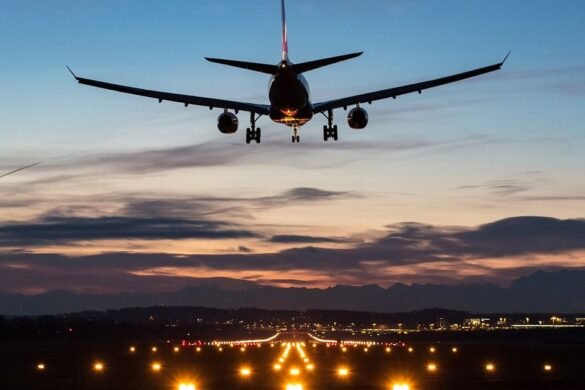Korean Air has officially inaugurated a new international route connecting Seoul Incheon (ICN) to Kobe (UKB), marking a historic milestone for Kobe Airport as it becomes the first airport in the region to host international flights. The twice-daily service, launched on April 18, 2025, strengthens Korean Air’s presence in Japan’s Kansai region, catering to the increasing demand for travel to Japan.
The route is operated using Korean Air’s modern Airbus A321neo, a highly efficient aircraft designed for short- to medium-haul flights. Each A321neo is configured with 8 Prestige Class and 174 Economy Class seats, providing passengers with a comfortable and modern travel experience. The flight duration between Seoul and Kobe is approximately two hours, offering a quick and convenient connection between the two cities.
The introduction of this new service to Kobe is particularly significant, as the airport had previously only handled domestic flights since its opening in 2006. With Korean Air’s arrival, the airport has now expanded its operations to include international flights, a move expected to boost foreign tourism and business travel to the Hyogo Prefecture, where Kobe is located. This expansion also provides more options for travelers looking to explore Japan’s Kansai region, which is known for its rich cultural heritage and vibrant tourism industry.
The twice-daily service, with departures from Seoul Incheon at 8:25 AM and 3:50 PM, and return flights from Kobe at 11:00 AM and 6:30 PM, offers flexibility for both business and leisure travelers. Korean Air’s move to operate this route is a response to the growing travel demand to Japan, further enhancing the airline’s network in Asia and strengthening bilateral ties between South Korea and Japan.
This new international connection is part of Korean Air’s broader strategy to expand its route network, focusing on key regional markets. The launch of the Seoul-Kobe route is seen as a positive development for both countries’ aviation industries, offering increased connectivity and more opportunities for cultural exchange and tourism.



